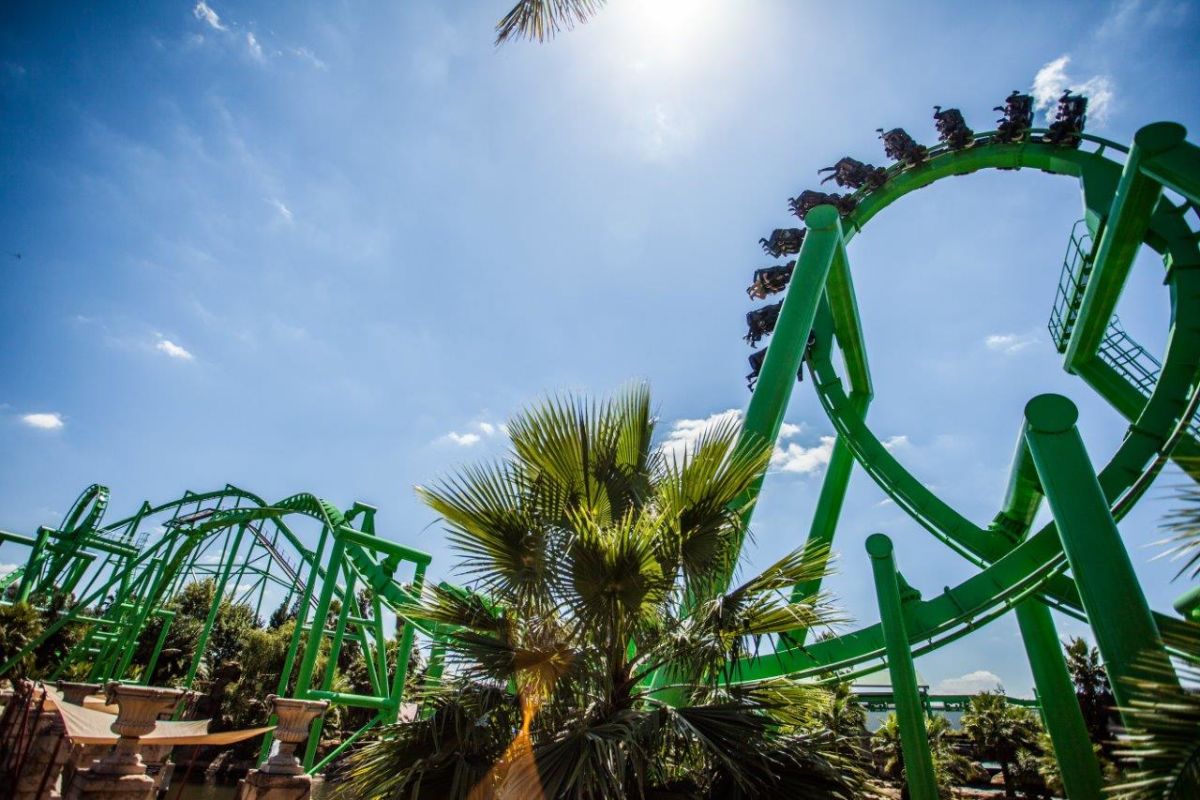A Biased View of Johannesburg North Attractions
A Biased View of Johannesburg North Attractions
Blog Article
The Best Strategy To Use For Johannesburg North Attractions
Table of ContentsGetting The Johannesburg North Attractions To WorkHow Johannesburg North Attractions can Save You Time, Stress, and Money.Not known Details About Johannesburg North Attractions The Facts About Johannesburg North Attractions RevealedThings about Johannesburg North Attractions3 Easy Facts About Johannesburg North Attractions Shown
The city grew on the edge of the Witwatersrand Key Reef, a below ground stratum of gold-bearing quartz-silica conglomerate that arcs for hundreds of miles beneath the Highveld - Johannesburg North attractions. Most of the gold mines in the city discontinued operation in the 1970s, yet in its day the Witwatersrand gold market accounted for even more than 40 percent of the world's yearly gold production.Johannesburg has a warm climate. The city delights in about 8 hours of sunlight per day in both winter and summer season.
What rain the city receives falls virtually exclusively in the summer months, commonly in magnificent late-afternoon electrical storms. Air contamination postures a considerable issue, particularly in the cold weather, when thermal inversions restrain the westward circulation of air from the Indian Sea. Air pollution is most extreme in the densely resolved Black municipalities on the city's periphery, where lots of homeowners still rely on coal for gas.

The Basic Principles Of Johannesburg North Attractions
The balance of the city is inhabited by whites. Holiday accommodation differs in personality and quality.
Physical development, although rather restricted by transportation, proceeded swiftly as immigration to South Africa, and Johannesburg in particular, enhanced dramatically. This trouble was resolved in the 1930s when the vehicle was introduced in automation to South Africa. Autos were, for the many component, confined to the affluent, and allowed them to move to the north of the city and commute into the centre.
Most bad suburban areas were blended, with inadequate blacks and whites cohabiting, although the wealthy residential areas were typically reserved for whites. This altered with the election of the National Event in the 1948 elections, that began to formalise the system referred to as apartheid. Discrimination formally assigned which suburbs each race might stay in under the Group Locations Act.
The previous system of eleven phoned number areas was reorganised in 2006. Marshalltown, as seen from the top of the Carlton Centre. The M1 and M2 run behind the structures, and the southerly residential areas prolong past the freeway boundary. The internal city of Johannesburg lies within the city's Area F. The number of individuals living in the internal city on a casual helpful hints basis is unknown, as lots of are unlawful immigrants. The joblessness, education, and age accounts of the area are all unknown, due to the trouble of acquiring reputable info concerning the area.
Johannesburg North Attractions Things To Know Before You Buy
Yeoville and Bellevue have a mix of apartment and solitary domestic units on little whole lots. The region lies on a hilly divide that runs from eastern to west. The most noticeable geographical function is Observatory Ridge, which is called for the big observatory located on it. The recreational spaces are no more made use of, as a result of safety and security troubles.

The Johannesburg North Attractions Diaries
R. Tambo International Airport Terminal). The eastern suburban areas are several of the oldest areas of Johannesburg, there are large neighborhoods of Jewish and various other European histories, the majority of the population is English speaking. There are three golf links as well as a variety of protected ridges with viewsites. There are several strong and up-market enjoyment and buying locations in the eastern such as the Eastgate Mall and the Greenstone shopping center.
The area is primarily composed of old "matchbox" residences, or four-room residences built by the government, that were constructed to offer affordable holiday accommodation for black employees throughout racism. Soweto is an acronym, standing for "South Western Townships". Street after road in this field is lined with matchboxes; however, there are a few smaller sized locations where prosperous Sowetans have built houses that are a lot more comparable in stature with those in even more upscale suburbs.
Hostels are one more noticeable physical feature of Soweto. Initially built to house male migrant employees, check my reference lots of have actually been boosted as residences for couples and family members. The N1 Western Bypass skirts the eastern limit of Soweto. The suburb was not traditionally enabled to create work centres within the area, so nearly all of its residents are commuters to various other components of the city.
How Johannesburg North Attractions can Save You Time, Stress, and Money.
The household areas in the north suburban areas are generally formal, with no substantial areas of casual housing, or housing that does not have a permanent framework. This is a well established location, there is a trend of land use modification from property to business, specifically along major arterial roads and around well-known nodes.
Roadways to the east and west are less well created, as there are no highways travelling in that instructions. Towards the northern border of the city, the density of advancement decreases, leaving large areas of primitive land around Midrand.
Some Known Factual Statements About Johannesburg North Attractions
The very first visit here suburban area to the north of the central city is Parktown, which is located on a hillside overlooking the central city and Hillbrow. It has lots of affluent residents and Edwardian-style estates, as well as the Education and Medical universities of the College of the Witwatersrand. The large concrete Charlotte Maxeke Johannesburg Academic Medical Facility controls the sky line of Parktown.
Report this page